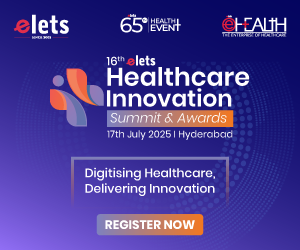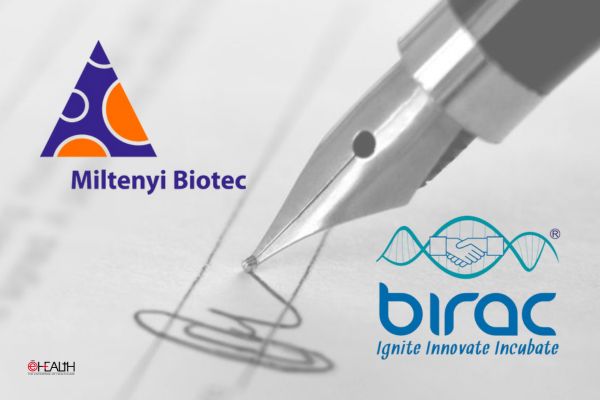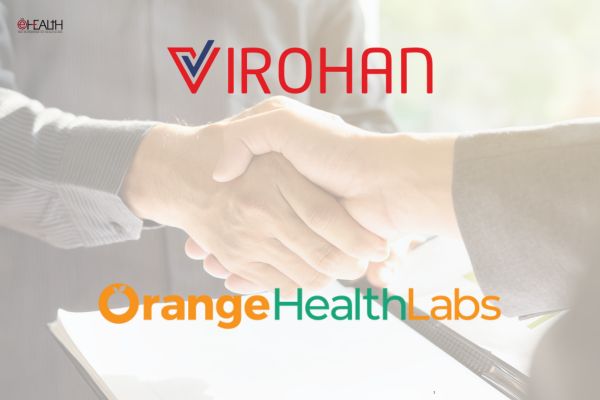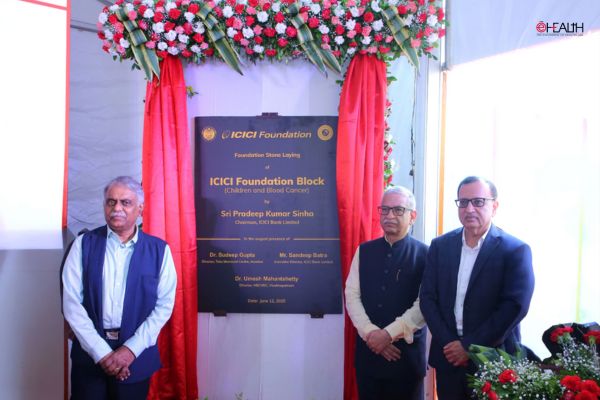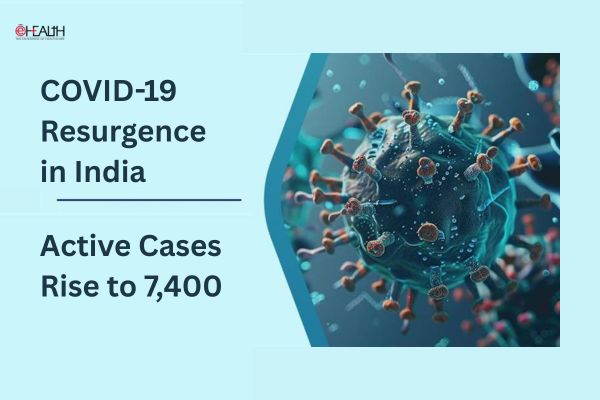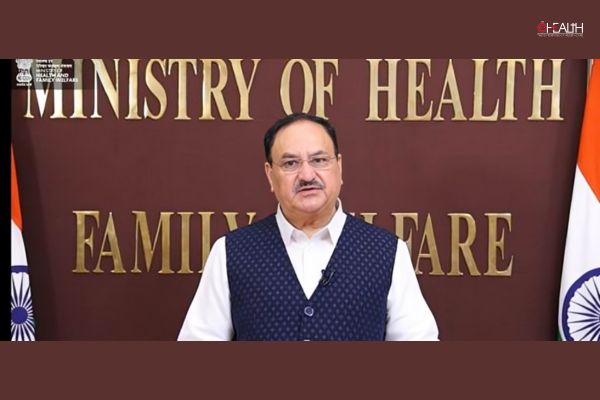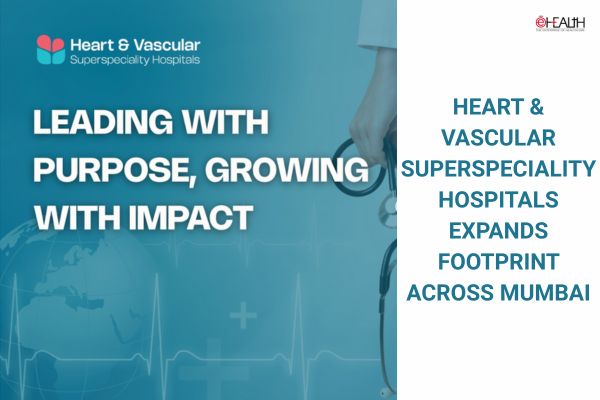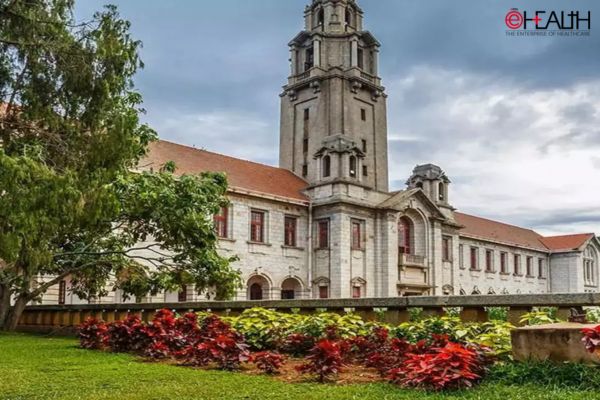
In a significant breakthrough, researchers at the Indian Institute of Science (IISc), Bengaluru, have pioneered a noninvasive method to measure blood glucose levels, potentially offering an alternative to conventional needle-based testing. This innovation, developed by the Department of Instrumentation and Applied Physics, leverages photoacoustic sensing to detect glucose concentrations without breaking the skin.
How the Photoacoustic Glucose Monitoring Technique Works
The new method involves directing a laser beam onto tissue, which induces a slight heating effect (less than 1°C), generating ultrasonic sound waves. These waves, produced through molecular vibrations, are then measured using highly sensitive detectors. Each molecule exhibits a unique “fingerprint” due to its light absorption properties at different wavelengths, enabling precise glucose detection.

A key focus of the research was glucose’s chiral nature, which influences the rotation of polarized light. The scientists observed that altering the orientation of polarized light in glucose solutions led to measurable changes in the intensity of the emitted sound waves, forming the basis of this novel detection method.
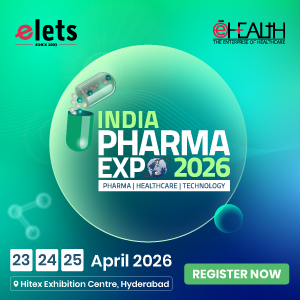
Accuracy and Potential Applications
Jaya Prakash, Assistant Professor at IISc and the corresponding author of the study published in Science Advances, emphasized, “We don’t yet fully understand why the acoustic signal changes when we alter the polarization state. However, we have established a clear correlation between glucose concentration and the intensity of the acoustic signal at specific wavelengths.”

The research team demonstrated near-clinical accuracy in estimating glucose concentrations across various mediums, including water, serum solutions, and animal tissue slices. Additionally, a pilot study was conducted to monitor a healthy participant’s blood glucose levels before and after meals over three days, yielding promising results.

PhD student Swathi Padmanabhan, the study’s first author, noted, “Currently, our laser source requires the generation of very small nanosecond pulses, making the setup both expensive and bulky. The next step is to make it more compact and accessible.”
The researchers highlighted that sound waves behave more predictably than light within the body, allowing for clearer and more accurate measurements from deeper tissue layers. Beyond glucose monitoring, this approach holds the potential for detecting other chiral molecules by adjusting the wavelength of the laser. Notably, the team successfully estimated the concentration of naproxen, a widely used pain medication, in an ethanol solution, underscoring the technique’s broader applications in diagnostics and healthcare.
Also Read :- Jindal IVF Expands Reach in Himachal Pradesh and Uttar Pradesh to Enhance Fertility Care
Challenges and Future Prospects
While the innovation presents a promising step toward noninvasive glucose monitoring, further refinement is necessary before it becomes clinically viable. The existing setup relies on specialized laser technology capable of generating ultra-short nanosecond pulses, contributing to its high cost and size constraints. Addressing these challenges will be crucial for the method’s adoption in medical practice.
ZEISS India and IISc Bengaluru Collaborate on AI for Eye Care
In related developments, ZEISS India has partnered with IISc Bengaluru to advance artificial intelligence (AI) research in eye care. As part of this initiative, ZEISS has established a dedicated research facility aimed at developing high-fidelity AI solutions to enhance vision care and provide specialized training in AI technologies.
This collaboration is expected to bolster India’s position in AI-driven healthcare innovation, complementing ongoing research efforts at IISc, such as the newly developed photoacoustic glucose monitoring technology.
IISc Bengaluru’s groundbreaking work in noninvasive blood glucose monitoring has the potential to redefine diabetes management, making frequent monitoring more accessible and less painful for patients. As advancements continue, this pioneering research may unlock broader applications in healthcare diagnostics, revolutionizing the industry with its innovative approach to molecular detection.
Be a part of Elets Collaborative Initiatives. Join Us for Upcoming Events and explore business opportunities. Like us on Facebook , connect with us on LinkedIn and follow us on Twitter , Instagram.
"Exciting news! Elets technomedia is now on WhatsApp Channels Subscribe today by clicking the link and stay updated with the latest insights!" Click here!
